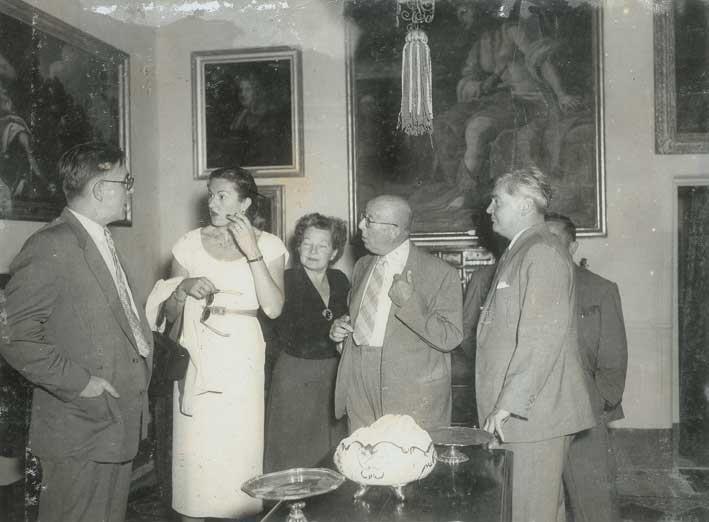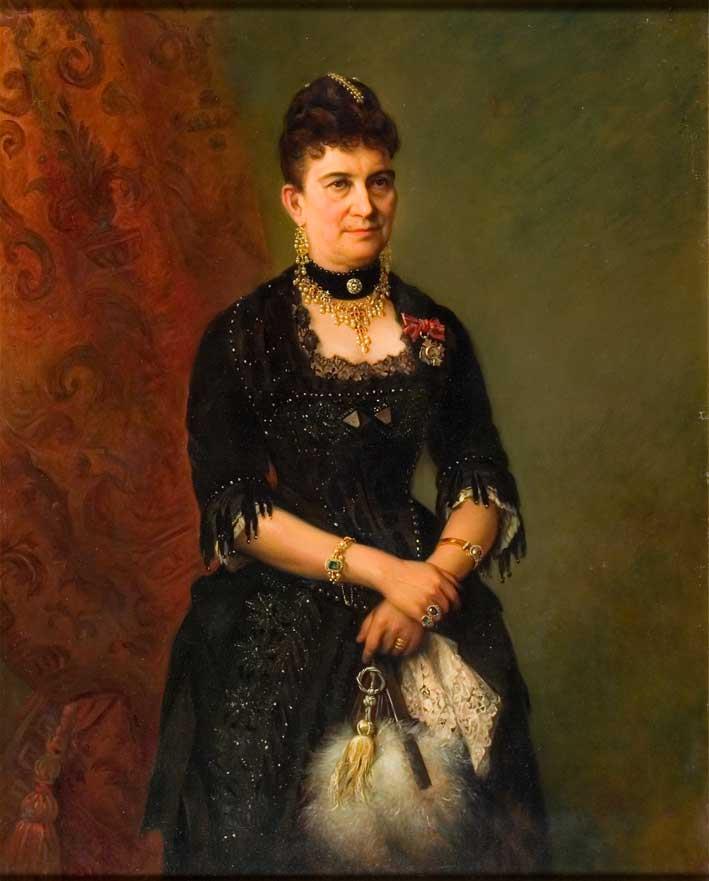Summer issue of Treasures of Malta - a real treasure
'Flu injection taken on time. Vitimin C. Cod liver oil pills. Loads of oranges. But still the 'flu manifested itself. So, cordials. Ginger. Maltese honey. Dashes of brandy to kill the germs. Vicks. And plenty of advice from friends and family. Recipes galore. Still, it took around ten days for it to go back where it had come from. The problem with being unwell like this is that you don't even feel like reading. At least I didn't. The only option was listening to the radio and watching television now and then but soon back to bed and my electric blanket.
So, all engagements had to be cancelled including the Russian New Year celebrations at San Anton Palace which I love. Therefore no social events to tell you about. Instead I am taking a look at the Summer 2017 Treasures of Malta which is a Commemorative Issue and has been sitting on my conscience well, since the summer. Of course the Christmas issue is out, another issue worth collecting from what I can see.
In his editorial the editor of Treasures, Judge Vanni Bonello, introduces readers to this special issue. "Fondazzjoni Patrimonju Malti will be forgiven for boasting shamelessly about the tenth anniversary of the opening of Palazzo Falson to the public. It considers this a major achievement that placed the palazzo at the centre of Mdina, and consolidated Mdina at the centre of Malta's cultural map. Feats such as these, we believe, call for some rejoicing, and this special issue of Treasures of Malta goes some way to contribute to that celebration.
This bumper issue of Treasures has a number of articles written by experts in their field and all associated in one way or another, to Palazzo Falson.
The first article is written by Palazzo Falson's enthusiastic and knowledgeable Curator, Francesca Balzan. Olof Frederick Gollcher: the heart and soul of Palazzo Falson. In it the author discusses the private life of the energetic man behind 'The Norman House.'
The Gollcher shipping business exists to this day and it dates from the mid-nineteenth century when Olaf's grandfather arrived in Malta from Sweden and married a Maltese - Vicenza Bruno Olivier. Olaf's early schooling was at Dulwich College, London 'where his initial contacts with important works of art must have occurred. His love of art-making and art collecting would last throughout his life.' He spent years (1918-1927) in Rome - including the fabelled Via Margutta. Upon his return to Malta 'he acquired a part of the building that now houses Palazzo Falson in joint ownership with his mother.' This was a house with historical connections. It had been the home of Matteo Falson 'whose Lutheran sympathies had led him into trouble with the Inquisition - he fled Malta, and was tried and burnt at the stake in absentia for his heretical beliefs.' Olaf himself would eventually become Lutheran but by then there was no Inquisition so he could follow his beliefs without the fear of being burnt at the stake.
When his mother died in 1935 he acquired her share in the property and purchased the remaining part of the house later on.
I note with interest that the fountain in the courtyard was copied from the medieval Benedictine cloister in Monreale. No wonder it looks familiar. How many photos do I have of friends and myself sitting in those beautiful cloisters.
I fell in love with Norman House from the moment I entered therein soon after it opened. It reminded me of Axel Munthe's home in Capri, except that Norman House does not enjoy the fabulous view of the Bay of Naples.
As the author states, Olaf Gollcher was something of a Renaissance man with wide ranging interests and collections. He was also generous and a philanthropist. He understood the importance of preserving Malta's Heritage and worked towards it. He died in 1962 and is buried at Ta'Braxia Cemetery. I remember interviewing one of the Gollchers years ago and he had told me that he visits Ta'Braxia regularly and leaves one rose on the family tomb. This I thought was such a fine gesture.
Another contribution from Francesca Balzan is Palazzo Falson - Ten Years Young. In this article the Curator writes about what goes on behind the scenes to keep the Palazzo and its precious contents in pristine order. Not an easy task. She also writes about the yearly programme of the Palazzo which includes several activites for children.
George E. Camilleri writes about Olaf Frederick Gollcher and the International Institute for Mediterrnean Archaeology. "He (Olaf Gollcher) was interested in archaeology, initially in traditional land archaeology, but in the last days of his life he played a seminal role in promoting underwater archaeology amongst Maltese scuba divers." One cannot help wondering how Olaf Gollcher managed so much in just one lifetime.
A beautifully illustrated article on Antique Silver at Palazzo Falson by Alaine Apap Bologna is next. This is a fascinating article by an acknowledged expert and even if you don't own one single piece of silver, it is certainly worth reading.

Olaf and Nella (centre) entertaining guests at The Norman House
Martin Royalton-Kisch writes about A Favourite Painting in Palazzo Falson. Dr Royalton-Kisch spent almost his entire career in the Department of Prints and Drawings at the British Museum. If I give further details of his extensive biography then I will not have much space left to comment on other articles. I remember meeting Dr Royalton-Kisch and his Greek wife at the Australian High Commission, not so long ago and as it was a musical soirée I remember he sang for us. Dr Royalton-Kisch chose Edward Lear as his subject and he gives us all kinds of facts about him and his stay in Malta which was not very successful, at least from the sale of paintings point of view.
Other articles included in this bumper volume are a short but informative one written by Dr Anthony Pace, Chairperson of the O.F. Gollcher Art and Archaeological Foundation.

Portrait of Vincenza Gollcher née Bruno
The extensive and generously illustrated article by Hélène Alexander is about the fans that decorate some of the rooms at Palazzo Falson. Ms Alexander is a world expert on fans, worked for some thirteen years at the Victoria & Albert Museum and with her husband created the first and only accredited museum of fans in the world. I found the following particularly interesting: "By the early part of the eighteenth century, the well-established East India Companies of the important European nations were sending home fans to be sold in Europe, made specifically for the 'foreigners' by Chinese craftsmen. These are mostly brisé fans i.e. they are made up from sticks, thin slats of ivory, held together at the top by a cord or ribbon, and at the bottom (the head or lower part of the fan by a river or pivot, around which the fan can be opened and closed." I must have one of these fans - made of plastic - amongst my collection of fans. I am sure you will remember them. You can still buy them.
Palazzo Falson's collection of furniture is fabulous. The two experts Joseph-Galea Naudi and Denise Micallef who have produced at least one book on Maltese furniture write extensively about the collection at Palazzo Falson.
Other articles are as follows: Dr William Zammit writes about Melitensia Curios; Anne Borg Cardona about Il-Maltija - the Maltese National Country Dance; Jennifer Wearden examines the designs featured in the many exemplars that constitute the collection at the Palazzo; David Thompson evaluates some of the key pieces within the watch collection; Dr Robert Attard revisits the collection of arms and armour of Olaf Gollcher; Joseph C. Sammut reviews some of the most interesting pieces in the Palazzo's coin collection; Dr Anthony Azzopardi writes about the coats-of-arms in the sale nobili of Palazzo Falson.
I should have whet your appetite by now not only to get yourselves a copy of this particular commemorative issue but to, armed with it, go and visit Palazzo Falson. Even if you have already done so, pay it another visit now that you know more about the collection.
[email protected]